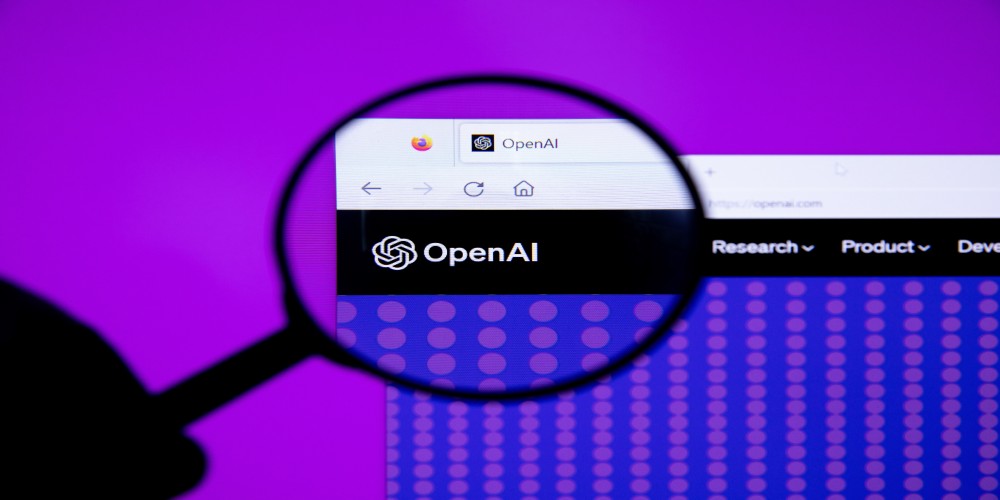OpenAI's ChatGPT Set to Enhance User Experience with an Upcoming Android Widget
Feb-29-2024

In the ever-evolving domain of artificial intelligence, constant advancements pave the way for more seamless human-computer interactions. OpenAI's ChatGPT has been at the forefront of this revolution, offering users a conversational AI that has continued to evolve with each iteration. In line with this development, reports suggest that OpenAI is poised to streamline the AI interaction process for Android users further by introducing a new home-screen widget. This widget not only promises to enhance accessibility but also underscores a significant shift towards integrating AI tools more intimately with our daily technological experiences.
The anticipated ChatGPT widget for Android could play a pivotal role in how users engage with AI applications. The convenience of a home-screen widget means that with just a simple tap, users can deploy the full breadth of ChatGPT's capabilities – from sending a text query to snapping and uploading a photograph for analysis. Rumored to occupy a 4x2 grid space on one's home screen, it mirrors the familiar dimensions of existing widgets, providing comfort through familiarity while also standing tall as a testament to innovation.
The proposed design emphasizes utility and speed, featuring a minimalistic approach with a text input field and essential quick-access buttons. These include options for textual, visual, and voice interactions, granting users the flexibility to choose how they wish to communicate with the AI. This versatility is especially useful for multitasking individuals who require efficient information without interrupting their workflow. It highlights OpenAI's commitment to enhancing the user experience by prioritizing responsiveness and ease of use without the user needing to be fully immersed in the app's environment.
Furthermore, the widget arrives hot on the heels of another advanced feature that imbues ChatGPT with long-term memory. This capability allows the chatbot to retain context and user preferences over multiple interactions, customizing the conversation to the individual’s unique requirements. It's imperative to note that user autonomy remains paramount, as OpenAI ensures that control over this memory feature rests squarely with the user, offering options to toggle the functionality or even engage in ephemeral chats without any trace of history.
The evolution of OpenAI's ChatGPT through the inclusion of a user-friendly widget is a clear indicator of how generative AI is rapidly integrating into the fabric of our device ecosystems. On the horizon is the promise of an AI experience that is not only more accessible but also more tailored. As we anticipate the widget's official release, the prospect of seamless, multitasking-friendly AI interactions grows, beckoning in an age where technology works unobtrusively alongside us, poised to enrich our digital lives effortlessly.







